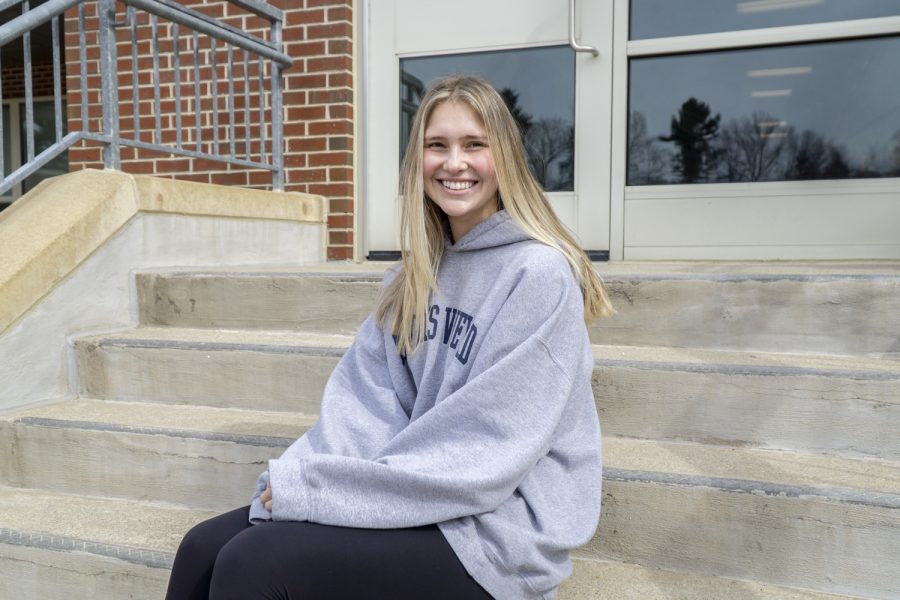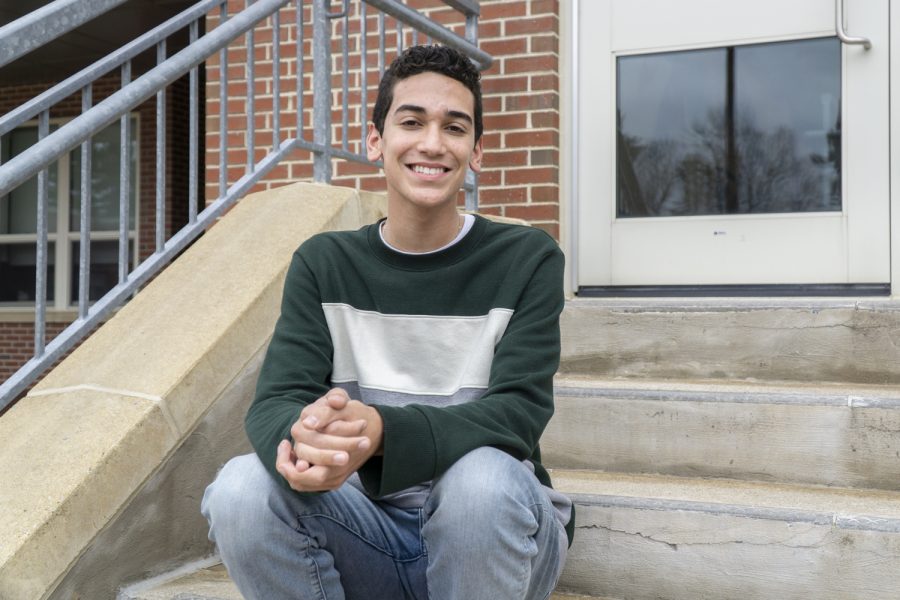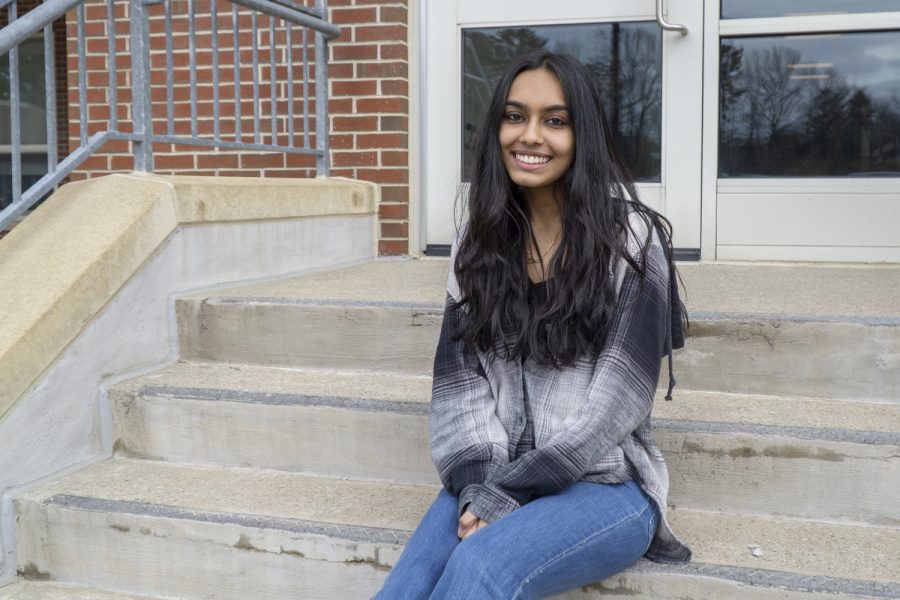Two Years into the Pandemic: Impact of COVID-19 on community
COVID-19 has impacted practically every aspect of life over the last two years, but schools, including Algonquin, have had some of the biggest challenges to overcome.
Principal Sean Bevan, Head of Guidance Lisa Connery and Athletic Director Mike Mocerino share how COVID-19 has impacted the school as a whole, their respective departments and the lives of students and staff.
After the initial school closure and fully remote classes from March 2020 through the end of that school year, Bevan and a team of assistant principals and facilities staff worked throughout the summer of 2020 to ensure the building was safe to reopen in the fall. As guidelines and re-opening plans shifted over the summer, the administrators and facilities staff had to plan for adequate social distancing and optimal safety.
“For this building, the challenge is that it is really big,” Bevan said. “Not every school is as expansive as ours. We had to measure each classroom, count how many desks were in each one and determine what other extra furniture was in each room. We spent weeks and weeks walking around the building with measuring tapes, meter sticks and clipboards to document what we knew about the building so we could come up with a plan to open the building safely.”
COVID-19 has also impacted student-athletes and spectators. With modifications such as pod groupings of teams and a Fall II season between the 2020-21 winter and spring seasons, sports have managed to continue through the pandemic (with the exception of the Spring 2020 season). Additionally, consistent masking, limiting spectators during COVID-19 flare ups and sanitary measures were put in place to keep athletes and community members safe.
“Over two years, we’ve enforced many safety measures that provide safe athletic programs,” Mocerino said. “Appreciating the efforts of so many just to provide a season for our student-athletes, I think our coaches, students and staff have done an amazing job adjusting and complying with the changing policies, not wanting to jeopardize their season.”
Sports provide benefits to students beyond competition. From improving students’ physical and mental health to allowing them to strategize and collaborate with others, the advantages are vast. COVID-19 restrictions have introduced new challenges to student-athletes.
“Changes to their daily academic and athletic schedules, the ability to socialize with their peers in a group setting and constant adjustments to their daily routine are a few examples of how our students continue to face mental and physical challenges and barriers to sport participation associated with COVID-19,” Mocerino said.
In guidance, Connery has witnessed the emotional effects of COVID-19 on students.
“We have had more students than normal struggling,” Connery said. “Whether they are struggling academically, organizationally or having trouble managing their time, there has definitely been an increase in mental health issues.”
Connery has also had a handful of students change their after graduation plans over the last two years.
“There are more students who have decided to take a [gap] year off and work because whatever school they had decided to go to was all virtual,” Connery said. “Many students and their families don’t want to spend all that money just to learn remotely.”
In addition to the many challenges students faced due to the pandemic, staff members were also impacted.
“As the pandemic wore on, the challenge [staff and administrators] all faced was to maintain a high level of enthusiasm for the work when the work was fatiguing,” Bevan said. “I think it was hard for teachers to plan new lessons that looked totally different and that were entirely remote or to teach in a hybrid environment that was fundamentally different from anything they have seen in their entire career. The challenges of supporting the staff have shifted as the pandemic evolved, initially being concerned with health and safety, but then shifting to instructional excellence as well as increasing the morale and enthusiasm in a learning environment.”
While there have been more than enough struggles, Connery, Bevan and Mocerino have seen some lasting positive changes and lessons as a result of the pandemic.
“I hope people have realized that they don’t have to be involved in every single thing,” Connery said. “They can find one or two things they are passionate about and enjoy them and have fun. I also hope everyone can just take a step back and give themselves some personal time.”
Connery also believes the pandemic has been an opportunity to appreciate the value of their relationships with others.
“The power of connection is what I realized during the pandemic,” Connery said. “Sometimes we take for granted the relationships that we have in life, the significance of them and how important they are to our well-being.
Mocerino believes the pandemic was an important learning opportunity.
“[The biggest lesson of the pandemic is to] never take anything for granted,” Mocerino said. “We learned how to adjust, multitask, be compassionate and be accommodating. We are all in this together and we all want the best for our students.”
Bevan is proud of how the community adapted to the pandemic and is hopeful for the future.
“I think everyone worked incredibly hard to help kids stay learning, stay engaged, and to let students know that we as staff and as a community care for them and want to see them happy and healthy,” Bevan said. “Now, we’re coming out of the pandemic as a unified staff and community.”





